Travel once thrived on genuine discovery – stumbling upon hidden beaches through conversations with locals or finding secluded viewpoints through dog-eared guidebooks. That era has given way to a new reality where previously secret destinations transform overnight into crowded hotspots through the viral power of Instagram posts, TikTok videos, and Facebook shares.
What took decades to discover through word-of-mouth now requires only hours to broadcast globally. Here is a list of 20 once-secret destinations that social media exposure has fundamentally transformed – for better or worse.
Horseshoe Bend, Arizona
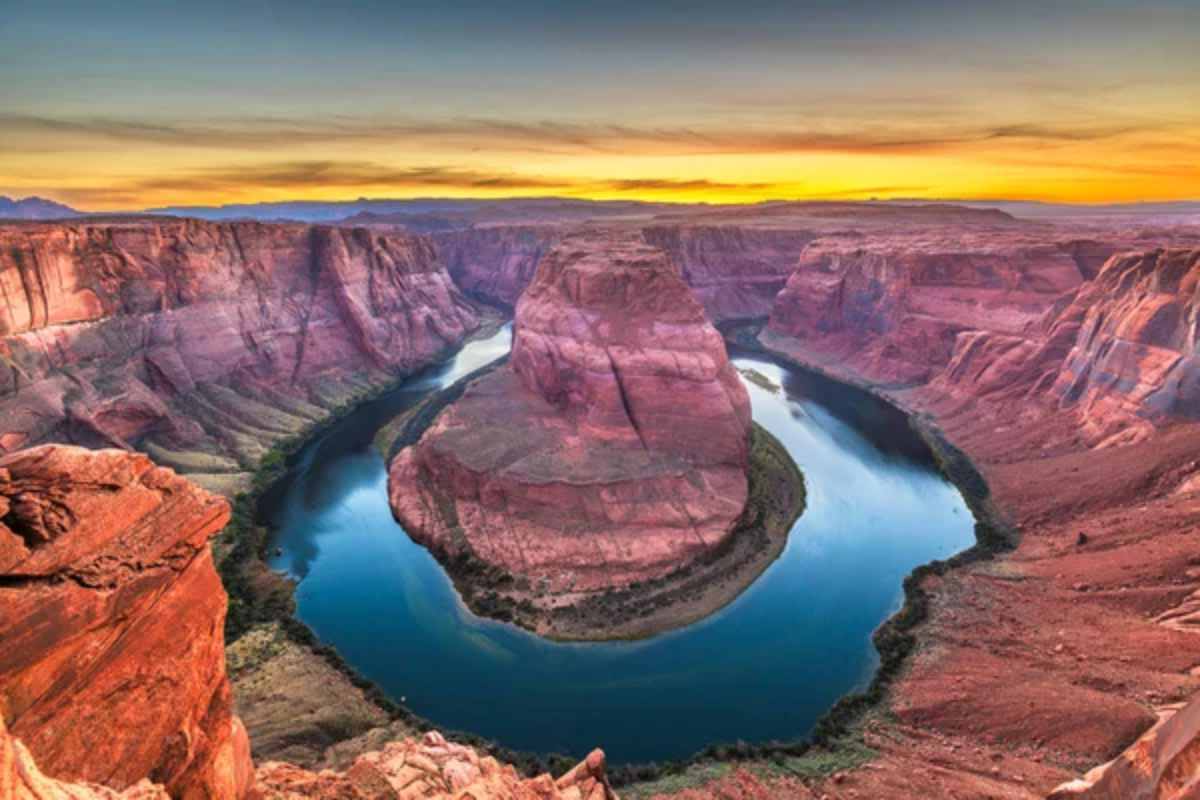
This dramatic Colorado River viewpoint remained relatively unknown before 2010, attracting perhaps 4,000 annual visitors. Its perfect composition created an irresistible social media shot that went viral around 2015.
Visitation exploded to over 2 million people annually – forcing authorities to hastily construct parking lots, safety railings, and entrance fee stations to manage crowds who arrive primarily to recreate the exact photo they’ve seen countless times online.
Maya Bay, Thailand
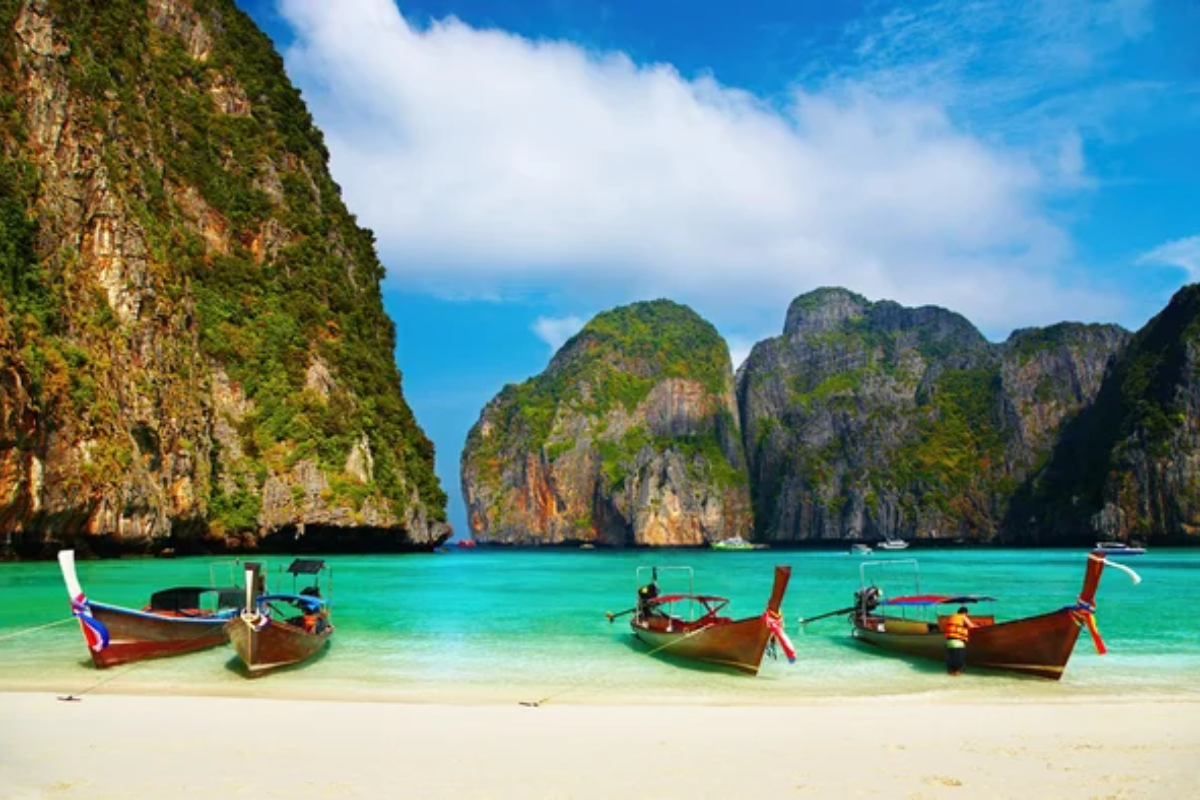
Made famous by the film ‘The Beach,’ this stunning Thai cove managed sustainable visitor numbers until Instagram propelled it to must-visit status around 2014. The onslaught of up to 5,000 daily visitors irreparably damaged coral reefs – leading Thai authorities to close the bay entirely in 2018.
Though partially reopened under strict limitations in 2022, the ecological damage represents a cautionary tale of social media’s power to overwhelm fragile environments.
Like Travel Pug’s content? Follow us on MSN.
Fjaðrárgljúfur Canyon, Iceland
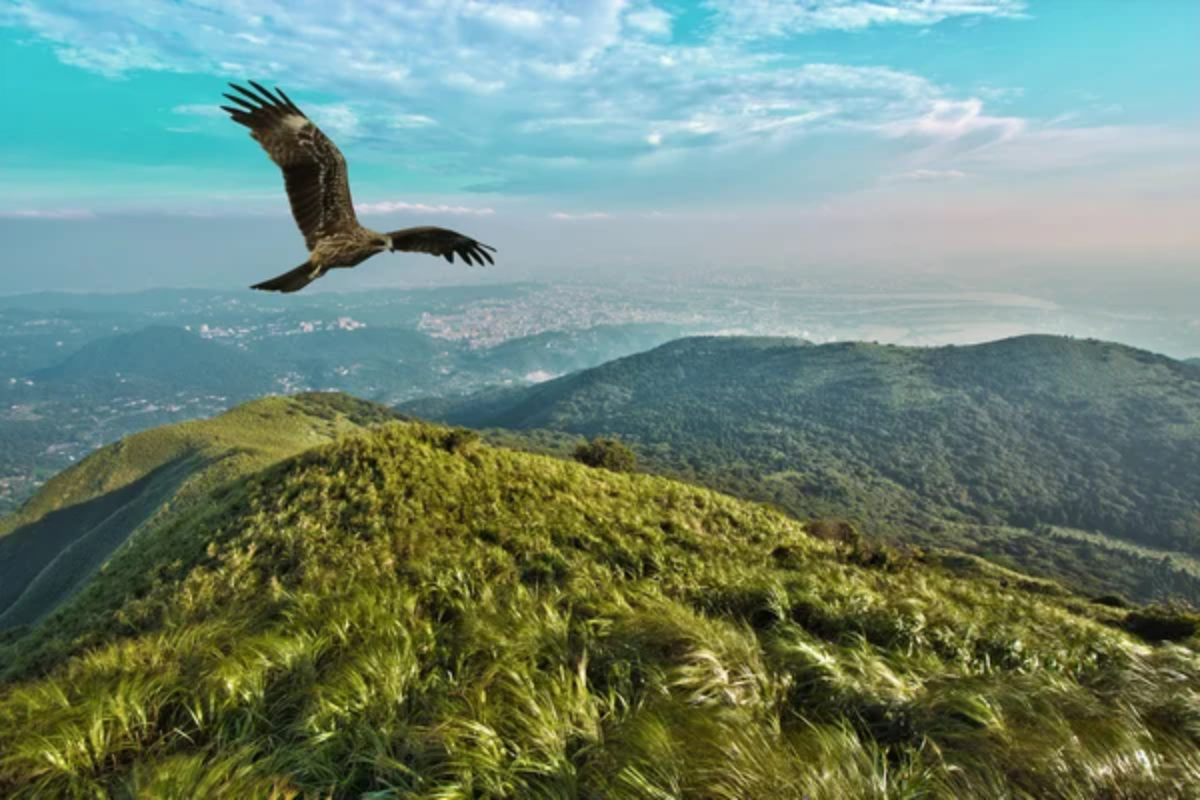
This ancient moss-covered canyon existed in relative obscurity until Justin Bieber featured it in his 2015 music video ‘I’ll Show You’ – after which visitor numbers surged tenfold. The delicate ecosystem couldn’t withstand thousands of daily footsteps across vegetation that had developed over centuries.
Icelandic authorities now regularly restrict access, yet sections of unique moss formations hundreds of years old have been irreparably damaged by visitors seeking to recreate the exact Bieber video shot.
Trolltunga, Norway
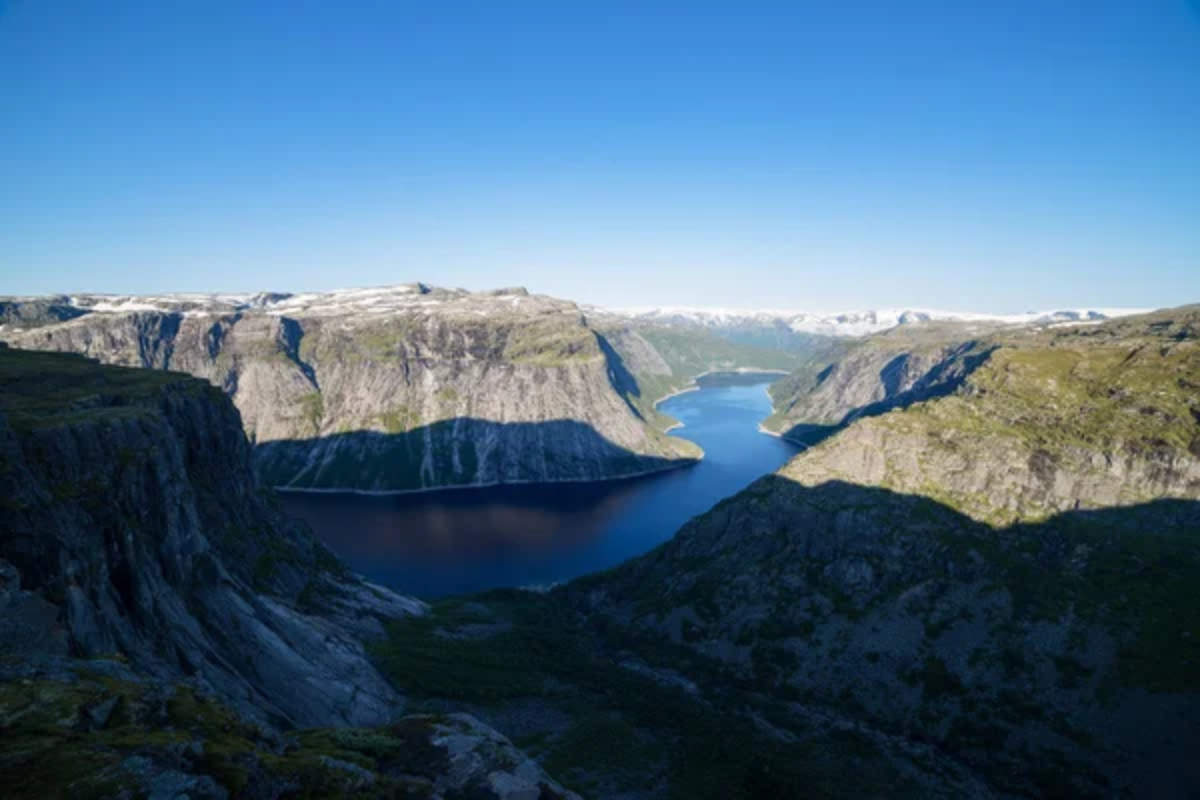
This distinctive rock formation attracted fewer than 800 hikers annually before appearing on Instagram around 2012. By 2019, over 100,000 people made the challenging 28-mile round-trip hike – many unprepared for the demanding terrain.
The iconic photo spot now regularly features hours-long queues during summer months. Rescue operations have increased dramatically, straining local resources despite the economic benefits tourism brings to the region.
Antelope Canyon, Arizona
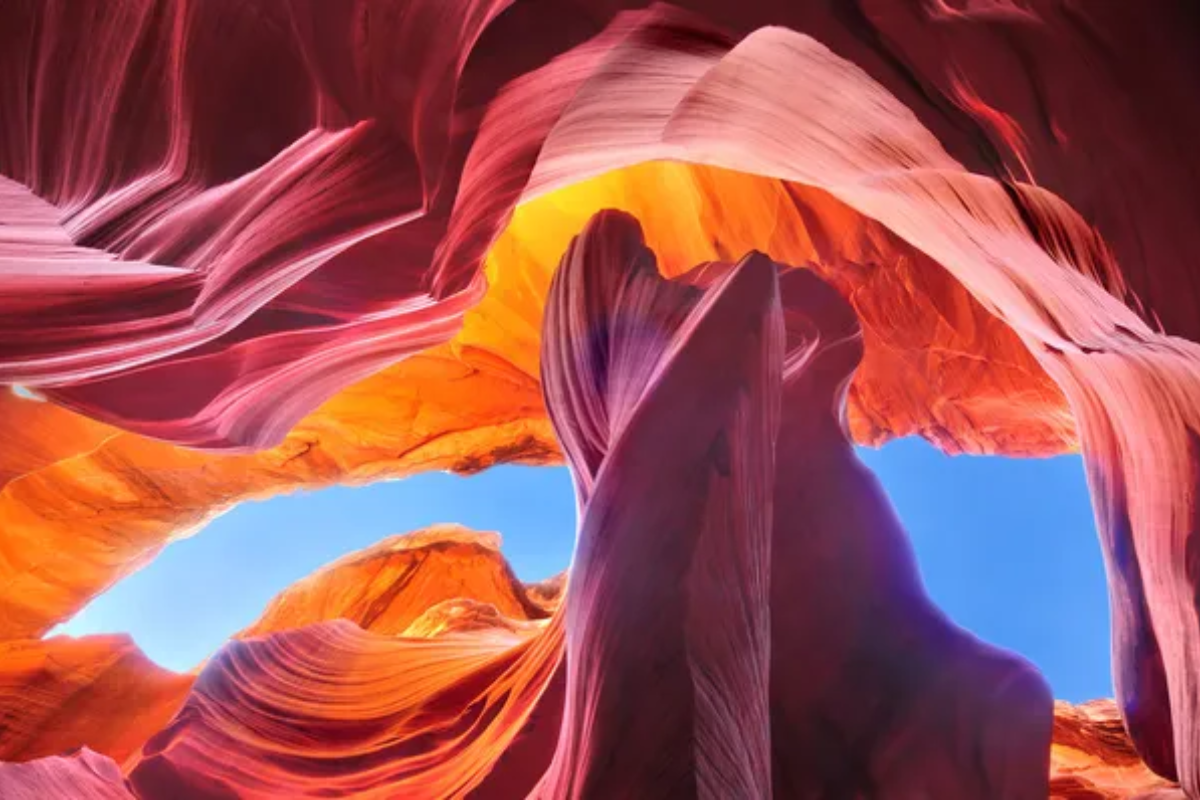
Once visited primarily by photography enthusiasts willing to navigate complex Navajo Nation permit systems, this slot canyon transformed after Instagram users began showcasing its ethereal light beams around 2013. Today, visitors must book guided tours months in advance – often paying over $100 for crowded, time-limited visits.
Guides now manage crowd flow with industrial efficiency while strictly controlling photography opportunities. The original tranquil experience has largely disappeared beneath the economic engine of managed mass tourism.
Like Travel Pug’s content? Follow us on MSN.
Santorini’s Oia Village, Greece
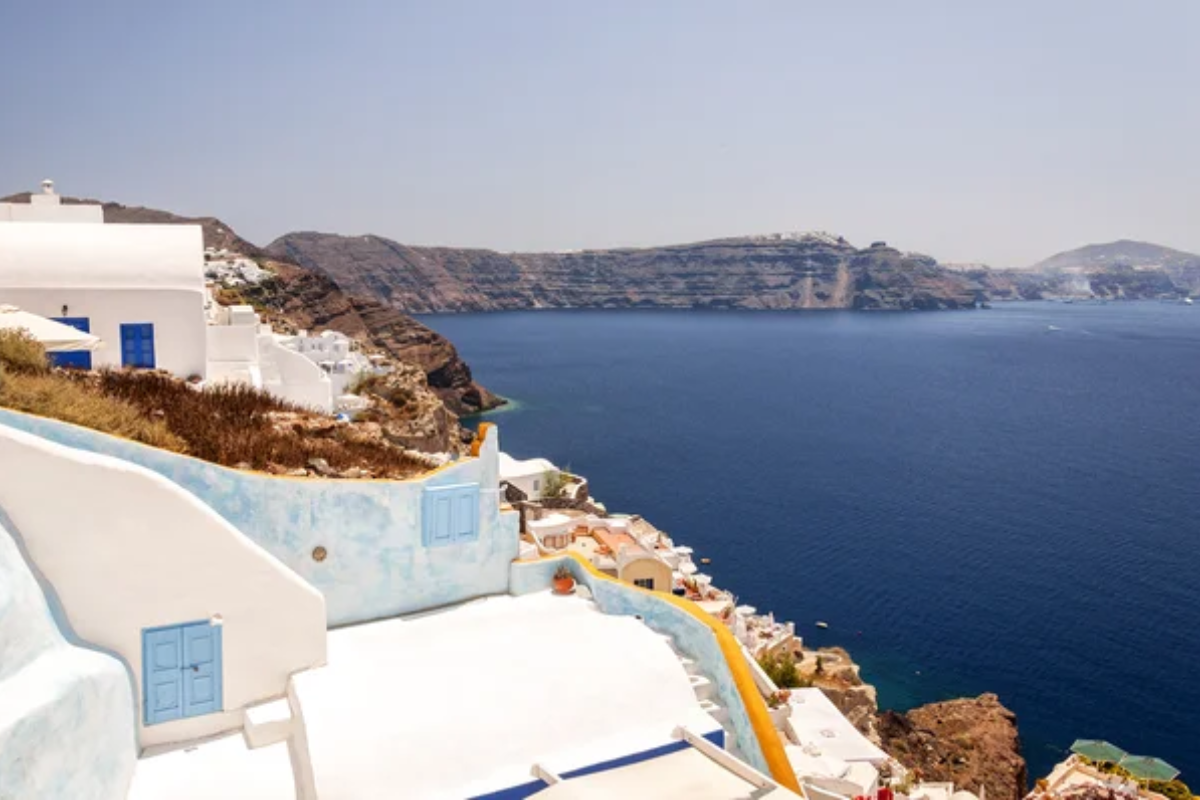
This clifftop village featured whitewashed buildings and blue domes that represented quintessential Greek island architecture long before social media. However, Instagram transformed this authentic community into a tourist spectacle where viewpoints become so crowded at sunset that police must manage pedestrian traffic.
Full-time residents have declined dramatically as housing converts to vacation rentals and traditional shops disappear in favor of luxury boutiques. The village increasingly functions as a real-world backdrop for social media content rather than a living Greek community.
Hallstatt, Austria
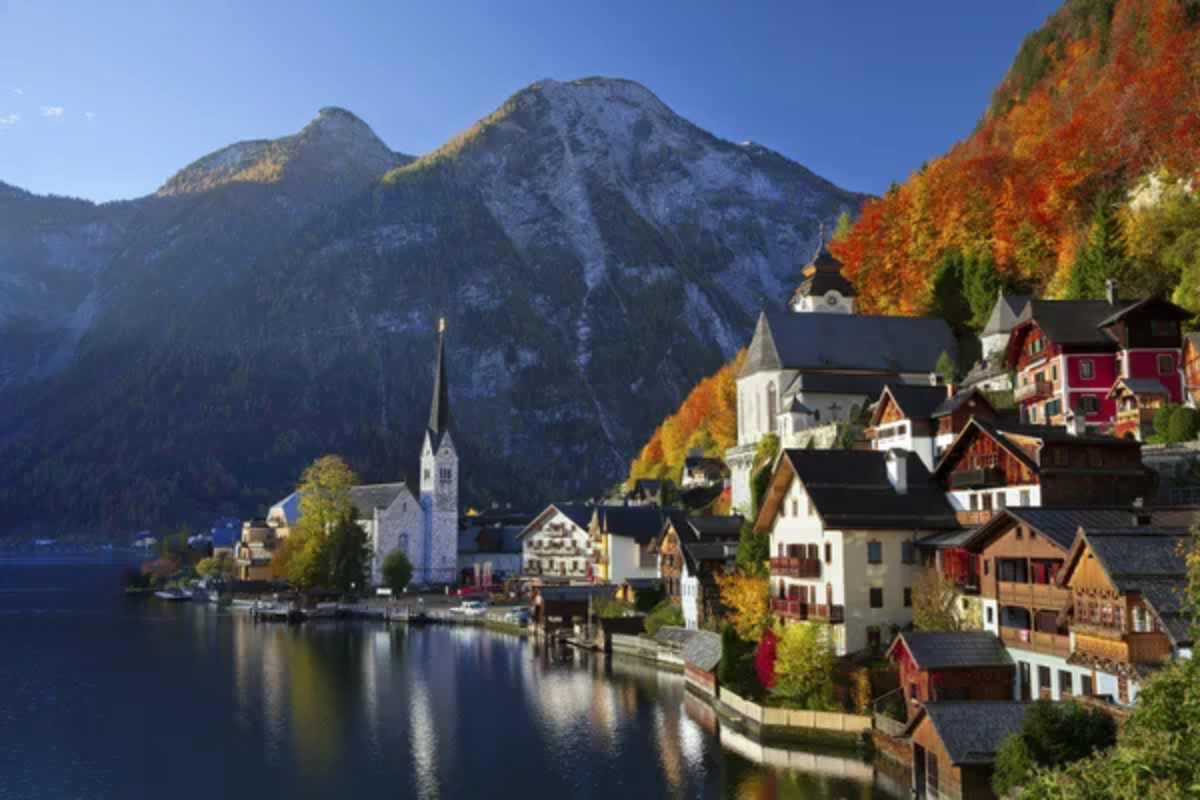
This 16th-century Alpine village gained unexpected fame after appearing in social media posts claiming it inspired Disney’s ‘Frozen’ – despite no actual connection to the film. Visitor numbers swelled to over a million annually, overwhelming the community of just 800 residents.
The town temporarily erected barriers to prevent photography in certain areas and considered access limitations. The most surreal development came when China built an unauthorized full-scale replica, further driving interest through a strange feedback loop of manufactured authenticity.
The ‘Secret Swing’ of La Fortuna, Costa Rica

This simple rope swing offering views of Arenal Volcano began appearing in Instagram posts around 2017, creating a tourism phenomenon from a local recreation spot. The original swing broke repeatedly under unprecedented use, while the hillside suffered severe erosion from improvised trails.
Multiple copycat swings appeared nearby, each competing for social media attention. The spontaneous experience disappeared entirely, replaced by commercial swing operations where staff manage lines of visitors paying to capture photos identical to thousands already online.
Like Travel Pug’s content? Follow us on MSN.
Pig Beach, Bahamas
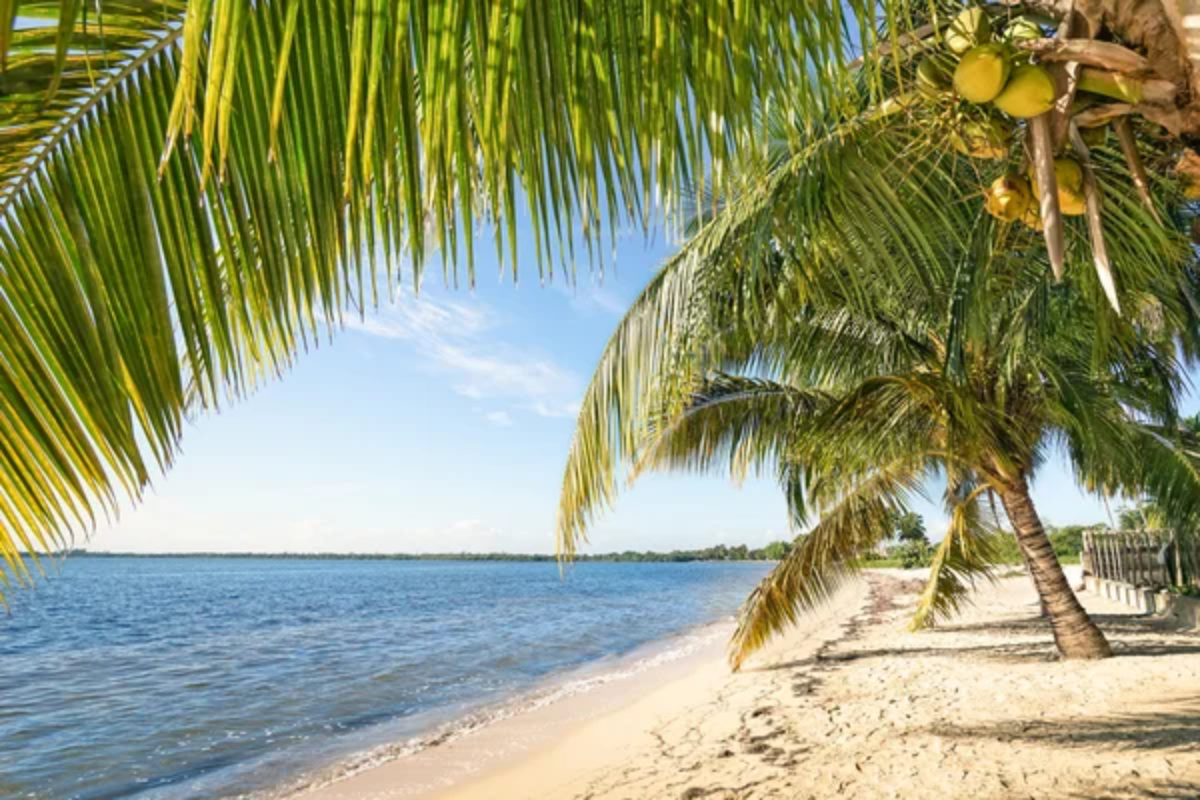
The swimming pigs of Big Major Cay became viral sensations around 2016, transforming from a quirky local attraction to an international bucket-list experience. Tour boat traffic increased tenfold within three years.
The tourism surge altered the animals’ behavior and diet, with several pigs reportedly dying from tourists feeding them inappropriate foods. What began as an unusual animal encounter has morphed into a highly commercialized experience where operators stage interactions for predictable photo opportunities.
Joffre Lakes, Canada
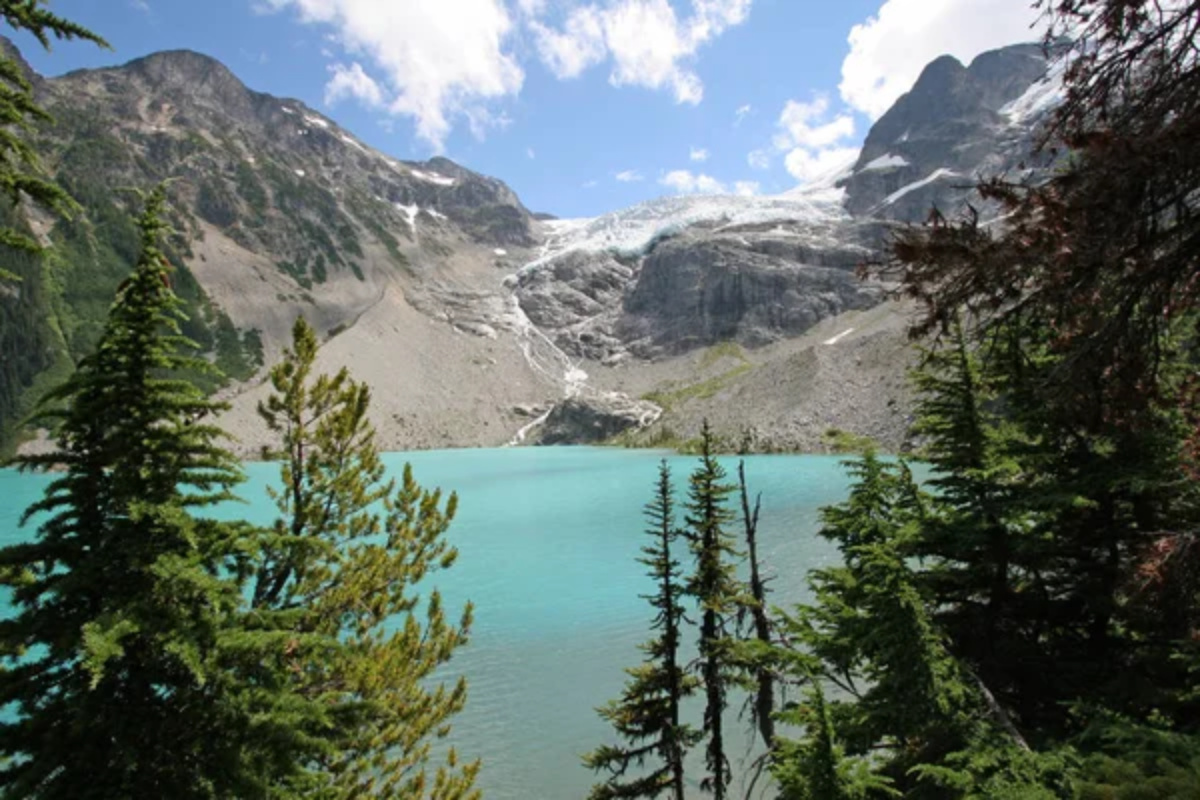
This series of three turquoise lakes in British Columbia remained relatively unknown until Instagram showcased their improbable color around 2015. Visitor numbers surged from 1,500 annually to over 170,000 within three years.
The 3.7-mile trail now resembles a busy urban park on summer weekends, with parking creating traffic jams stretching miles down access roads. Provincial authorities implemented restrictive measures, including permits and potential future visitor quotas, after social media popularity overwhelmed infrastructure never designed for mass tourism.
Rue Crémieux, Paris
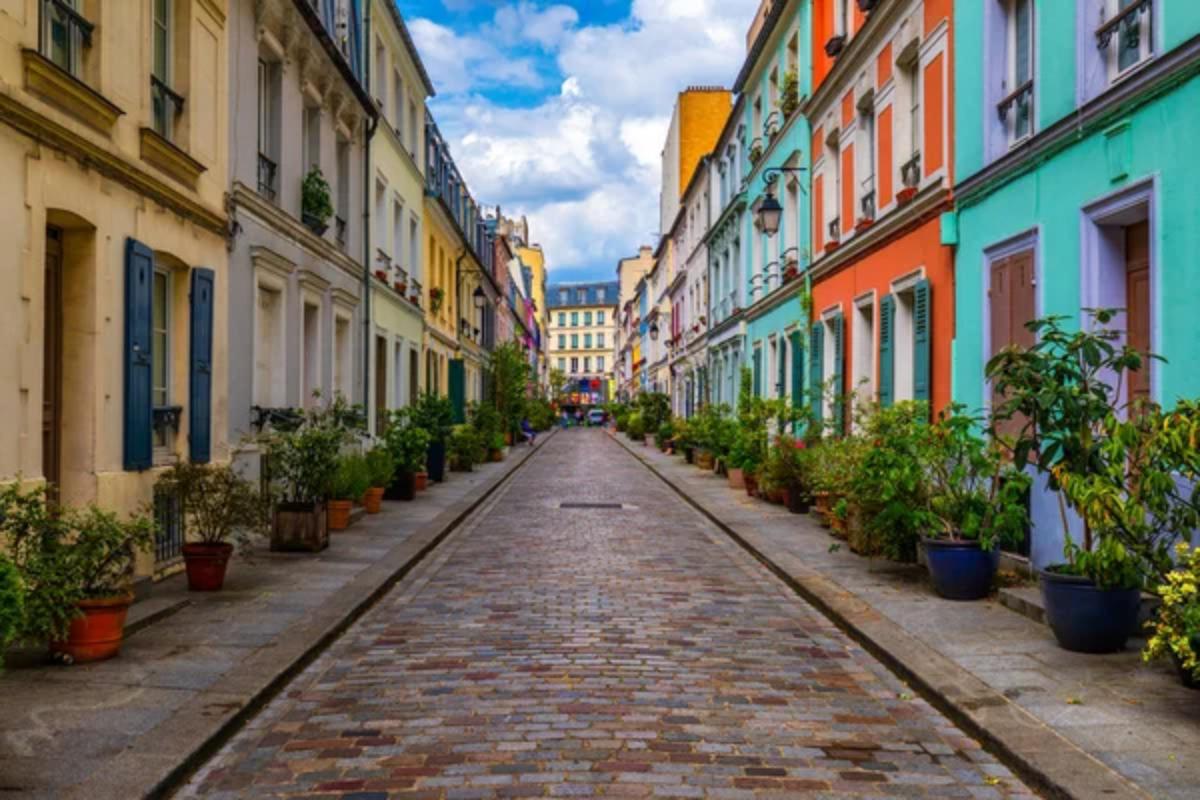
This charming cobblestone street lined with pastel-colored houses served as a quiet residential lane until Instagram discovered its photogenic qualities around 2017. The narrow street rapidly transformed into an open-air photo studio where influencers stage fashion shoots and dance routines.
Residents endured such severe disruption that they formed an association requesting gates to block public access during evenings and weekends. The situation represents social media’s power to transform even residential neighborhoods into content production zones without consideration for those who actually live there.
Like Travel Pug’s content? Follow us on MSN.
Roy’s Peak, New Zealand
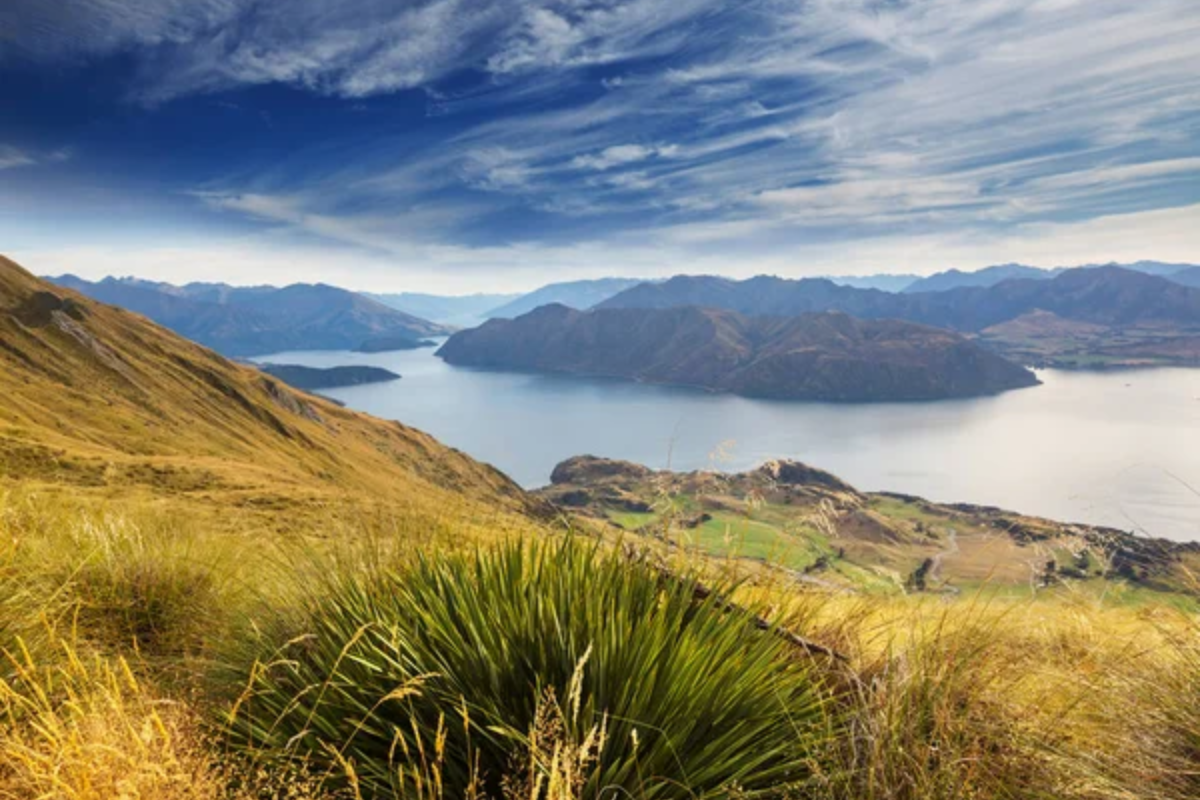
This relatively challenging day hike near Wanaka became a global phenomenon after one specific summit viewpoint began circulating on Instagram around 2015. Visitor numbers increased from a few thousand annually to over 75,000 within three years.
The summit experience now involves queuing for hours to capture an identical photo to the one that inspired the journey. New Zealand tourism authorities began promoting it as an example of ‘expectation versus reality’ in social media tourism, showing the pristine promotional shot alongside images of the actual crowds.
Peyto Lake, Canada
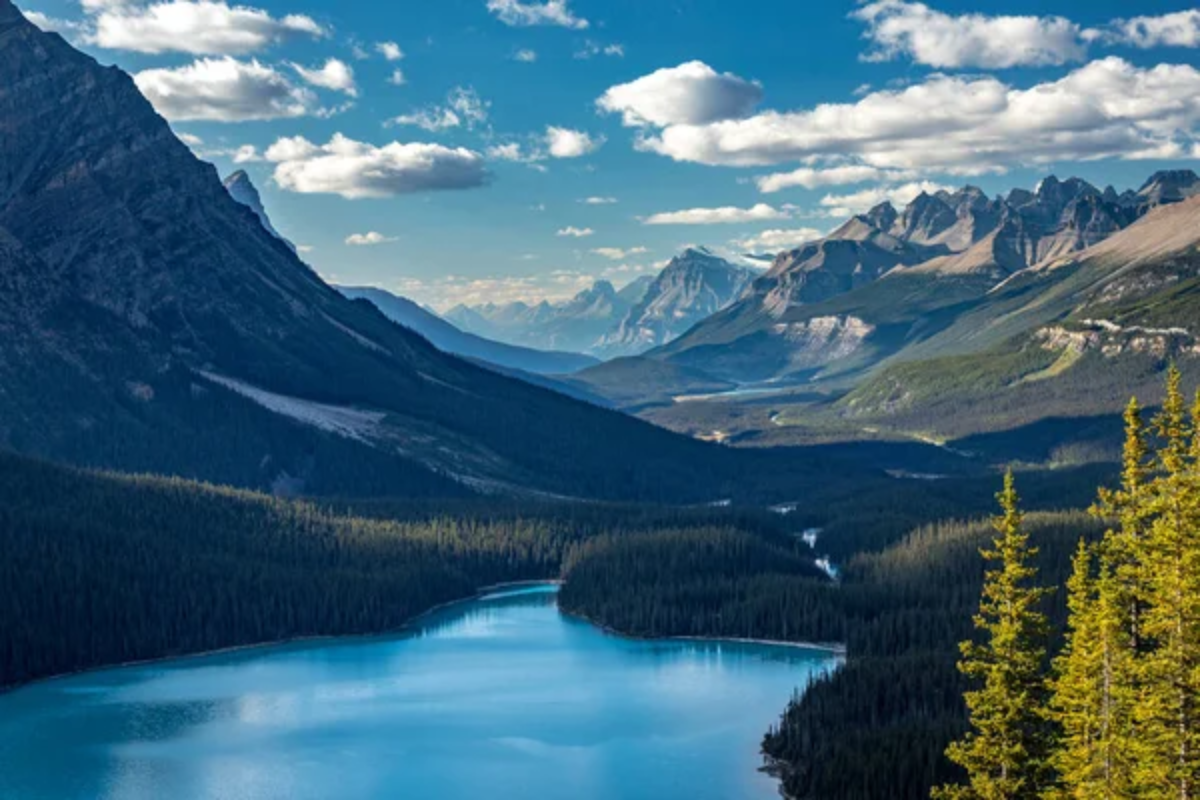
This glacier-fed lake in Banff National Park features a distinctive wolf-shaped outline and brilliant turquoise color that makes it a social media natural. After viral exposure around 2016, what was once a quick stop became a primary destination driving specific trips.
The original viewing platform designed for dozens became dangerously overcrowded with thousands, leading officials to close the area for major reconstruction. The viewing experience transformed from spontaneous wonder to managed spectacle, with infrastructure struggling to keep pace with visitation driven almost entirely by social media.
Tegallalang Rice Terraces, Bali

These ancient agricultural terraces transformed from working landscapes into Instagram playgrounds after particular photography angles gained viral traction around 2016. Multiple swings, nests, and viewing platforms now dot the landscape – each charging separate fees for photo opportunities that often disrupt farming activities.
Local farmers increasingly abandon traditional cultivation as tourism revenue exceeds agricultural yields, potentially endangering the very cultural landscape that attracted visitors initially.
Like Travel Pug’s content? Follow us on MSN.
Figure Eight Pools, Australia
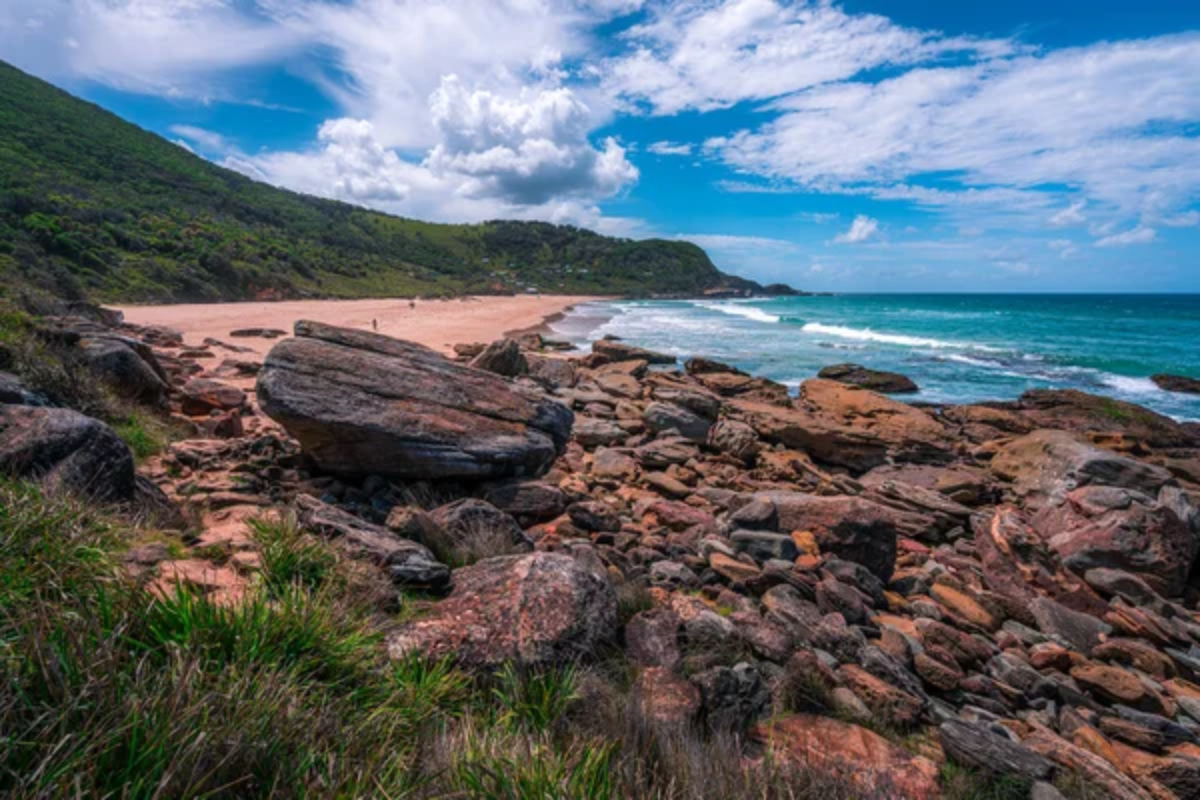
These natural rock formations near Sydney remained a locals’ secret until social media exposure around 2016 triggered massive visitation increases. The site’s remoteness and tide-dependent accessibility created dangerous conditions for unprepared visitors rushing to recreate viral photos.
Multiple serious injuries and emergency evacuations occurred as people attempted visits during inappropriate tide conditions. Park authorities implemented extensive warning systems after rescue operations strained resources and several visitors suffered life-threatening injuries pursuing the perfect social media moment.
The Blue Lagoon, Iceland
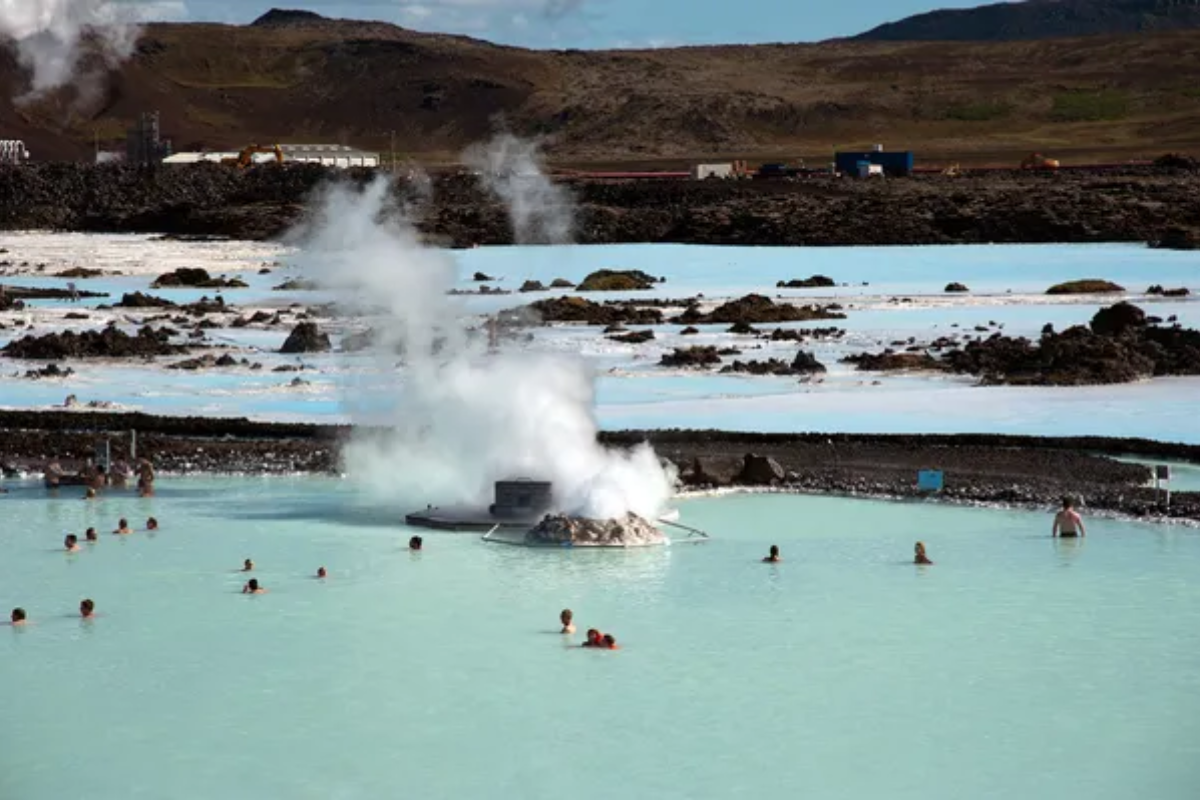
Once a quirky local bathing spot utilizing geothermal runoff from a nearby power plant, this attraction transformed after social media highlighted its photogenic milky-blue waters. What began as an authentic experience has become highly commercialized, requiring advance reservations, timed entry slots, and premium pricing beyond the reach of many Icelanders who once enjoyed it regularly.
The experience now optimizes for social media content creation, with designated selfie spots and amenities designed to facilitate photography rather than genuine relaxation.
Polignano a Mare, Italy
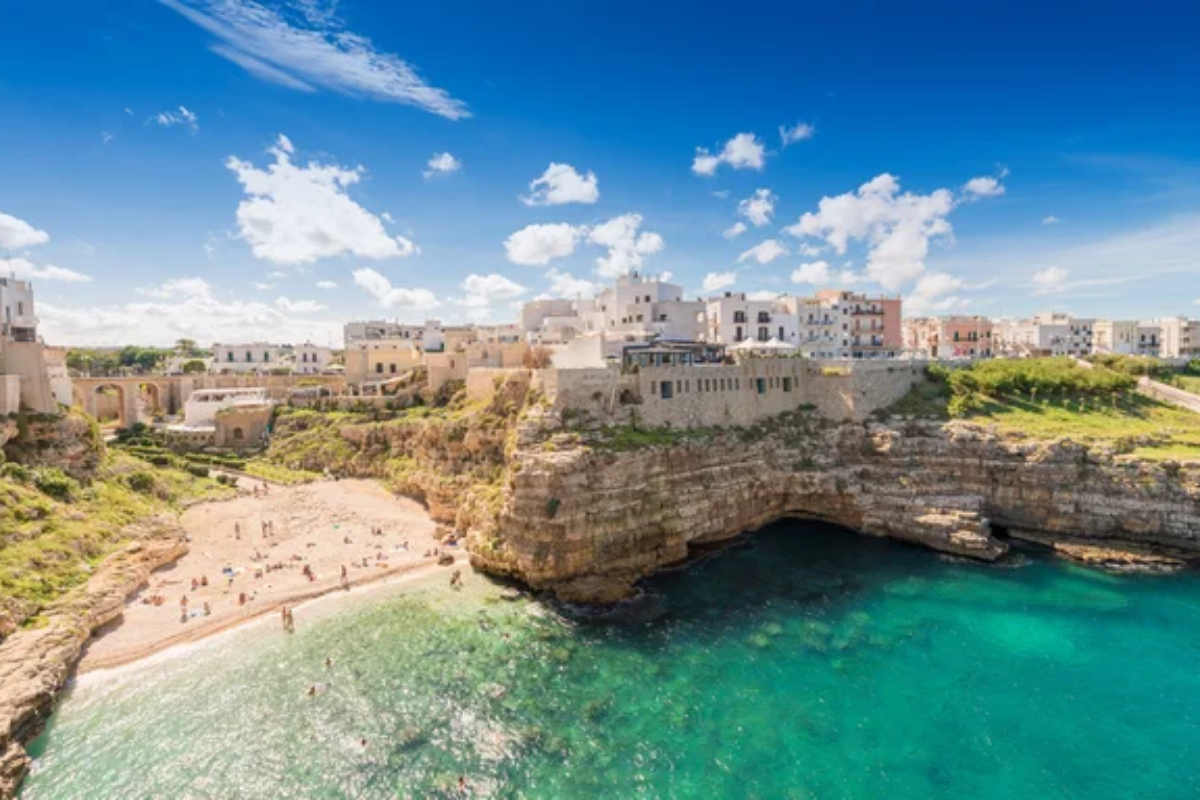
This ancient seaside town perched on limestone cliffs in Puglia remained relatively undiscovered until a single beach cove began circulating widely on Instagram around 2016. The tiny public beach now becomes so crowded during summer months that physical movement becomes nearly impossible.
Local authorities implemented visitor caps in 2020 while housing costs skyrocketed beyond local affordability as investors converted traditional homes to vacation rentals. The authentic coastal Italian lifestyle has increasingly disappeared beneath tourism development catering to social media aesthetics.
Like Travel Pug’s content? Follow us on MSN.
Tulum, Mexico
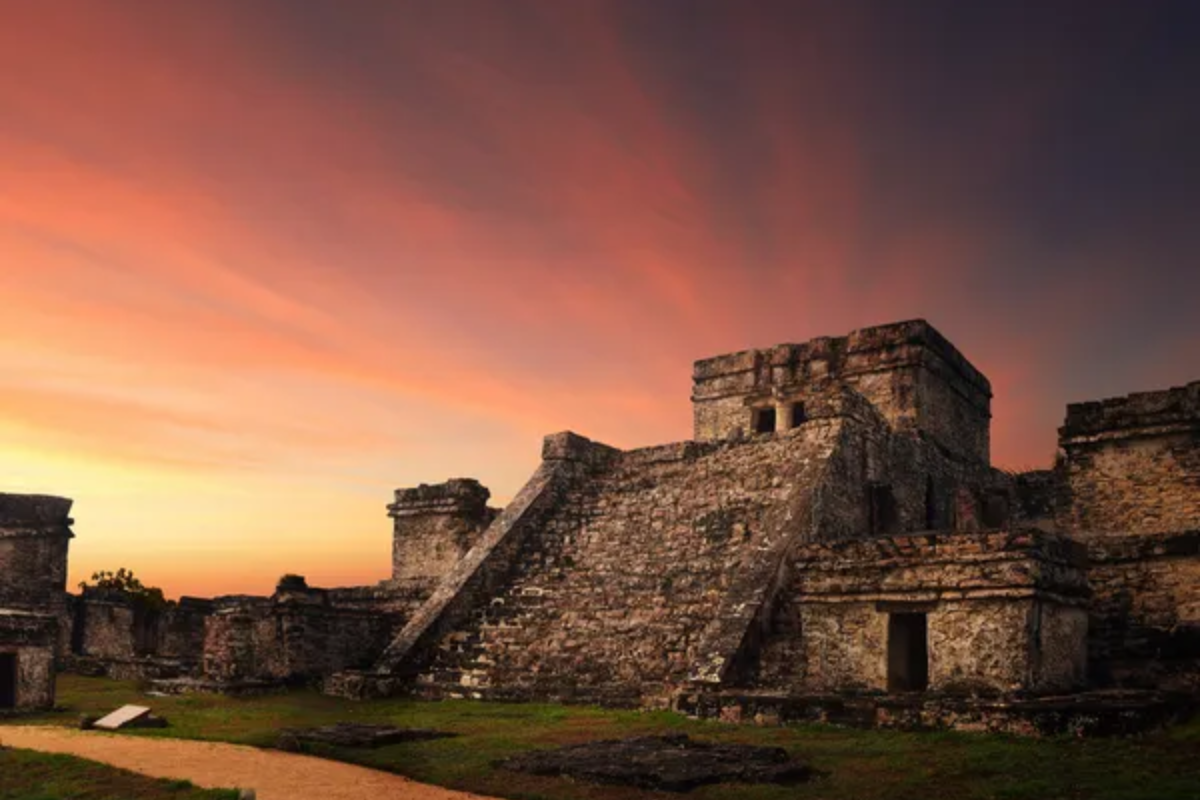
Once an alternative destination for travelers seeking to avoid Cancún’s commercialization, this former fishing village transformed dramatically after becoming Instagram’s favored backdrop for influencer content around 2015. Rapid development created severe environmental problems, including sewage management failures and threatened jungle habitats.
The authentic Mayan culture and natural environment have steadily disappeared beneath what critics describe as ‘manufactured bohemian luxury’ designed specifically for social media aesthetics rather than genuine cultural engagement.
Salvation Mountain, California
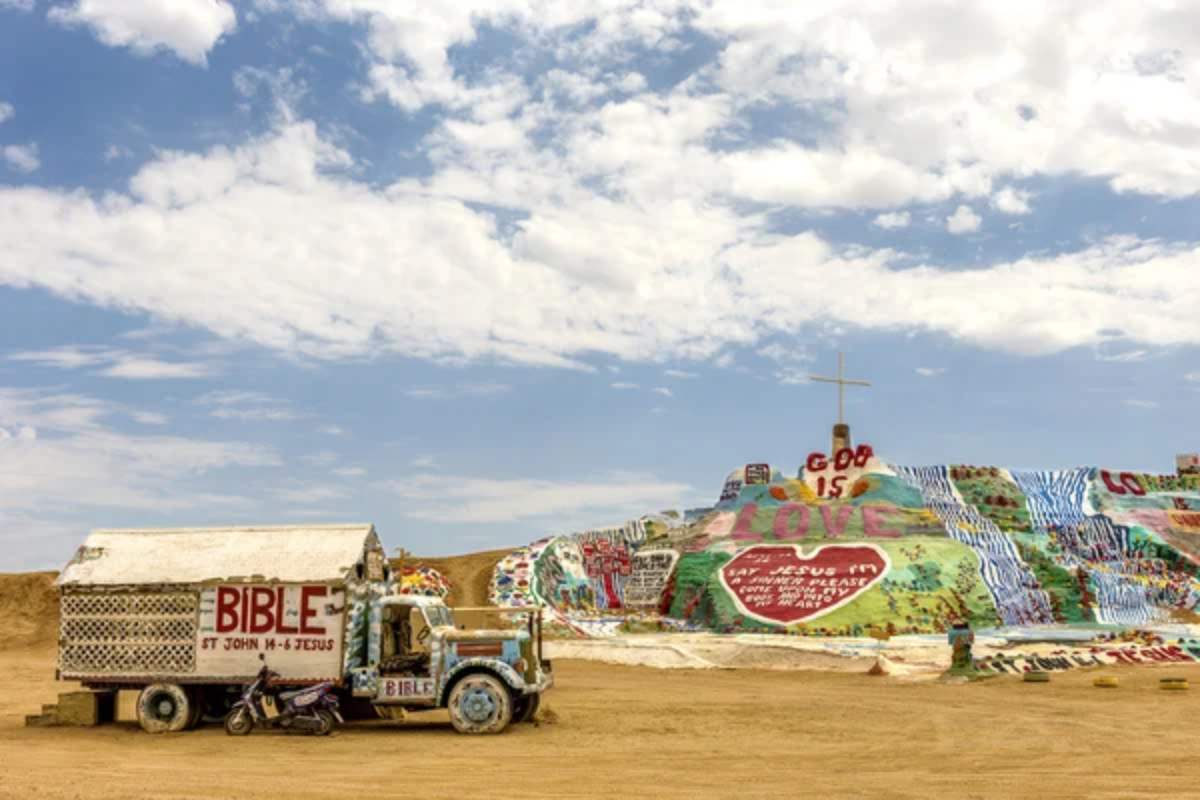
This folk art installation created by Leonard Knight as a personal religious expression remained a quirky roadside attraction until Instagram discovered its colorful aesthetic appeal around 2015. Visitation increased exponentially, overwhelming the hand-built structure never designed for mass tourism.
Visitors climbing delicate surfaces for photos, taking paint chips as souvenirs, and occasionally damaging artistic elements have threatened the site’s preservation. The contemplative atmosphere Knight intended has largely disappeared beneath crowds seeking colorful backdrops with little connection to the site’s significance.
Zhangjiajie National Forest Park, China
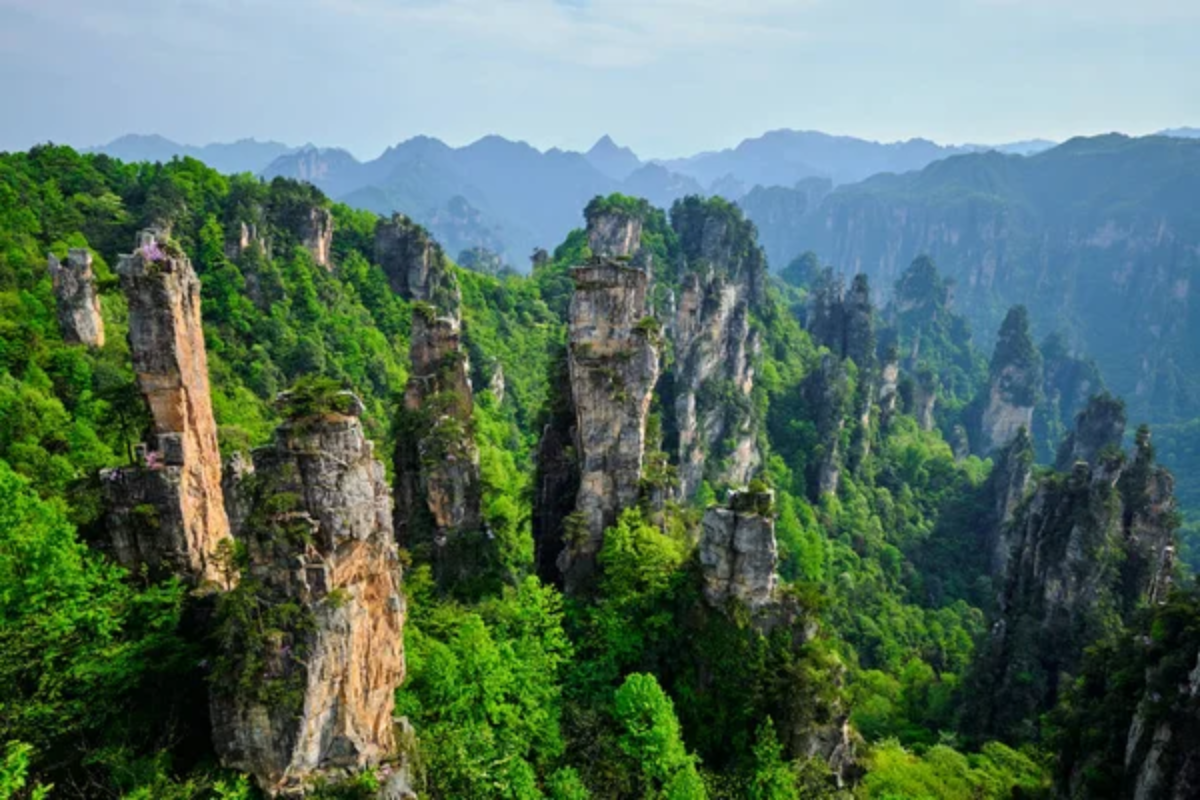
This dramatic landscape of quartzite sandstone pillars remained relatively unknown to Western tourists until the 2009 film ‘Avatar’ allegedly drew inspiration from its unique formations. When social media users began comparing the park to the movie’s floating mountains around 2016, international visitation exploded.
Chinese authorities responded by renaming one 3,544-foot peak ‘Avatar Hallelujah Mountain’ and installing glass walkways and elevators to accommodate crowds. The once-serene nature experience now features hours-long queues for particularly photogenic spots that match viral images circulating online.
Like Travel Pug’s content? Follow us on MSN.
The Disappearing Authentic Experience
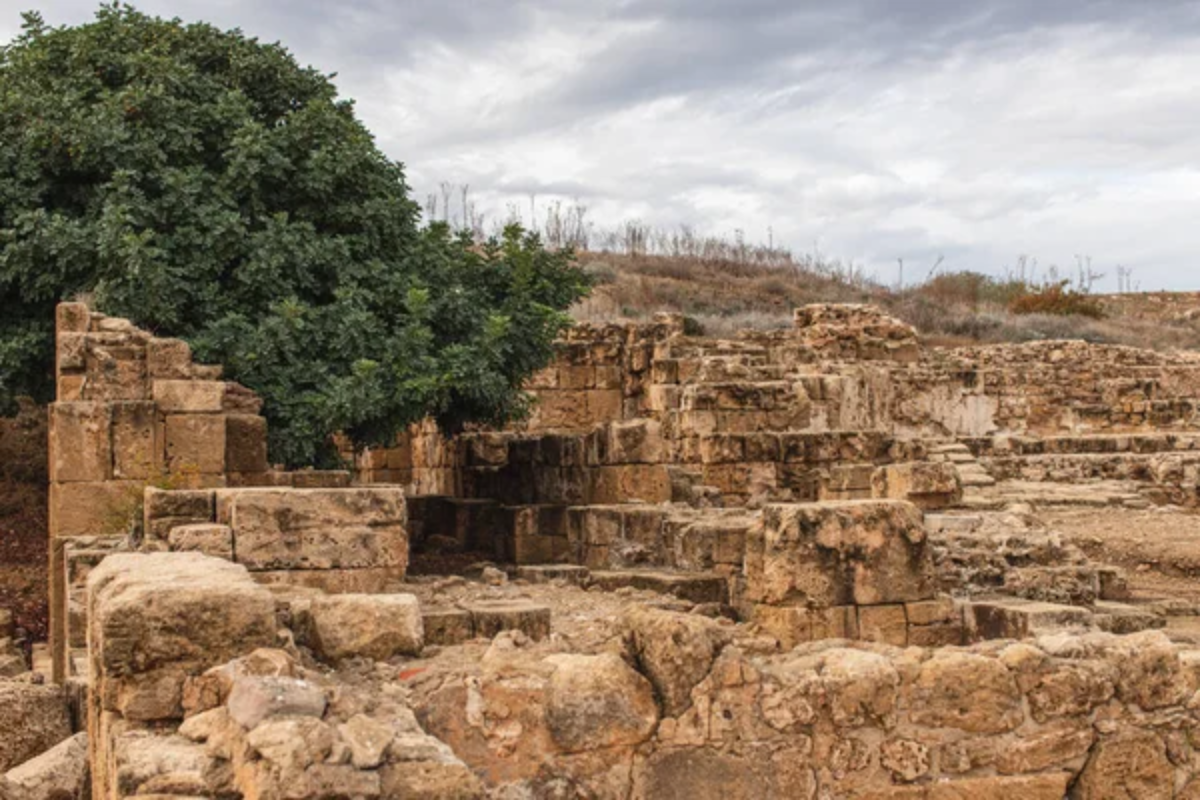
The transformation of these once-secret destinations reveals a troubling pattern in contemporary travel. Places valued initially for their authenticity undergo rapid commodification once social media creates market demand.
The very qualities that made these locations special – solitude, discovery, unmanaged encounters – typically disappear first as commercial infrastructure develops to monetize sudden popularity. This phenomenon creates complex challenges for destinations worldwide.
The complete restriction prevents legitimate public access, while unmanaged viral popularity inevitably damages fragile environments and communities. The most promising approaches involve thoughtful management strategies—visitor quotas, educational requirements, pricing mechanisms reflecting true environmental costs, and infrastructure development paced to match carrying capacity rather than market demand.
More from Travel Pug

- 20 Destinations That Were Once Thriving but Are Now Quietly Disappearing
- 15 Hidden Spots in Disney World’s Magic Kingdom Most Visitors Miss
- 20 Once-Popular Beach Towns That Are Now Ghostly Empty
- 20 Beautiful US Lakefront Towns Where You Can Live for Under $2000 a Month
- 20 Caribbean Islands That Are Safer Than People Think
Like Travel Pug’s content? Follow us on MSN.
